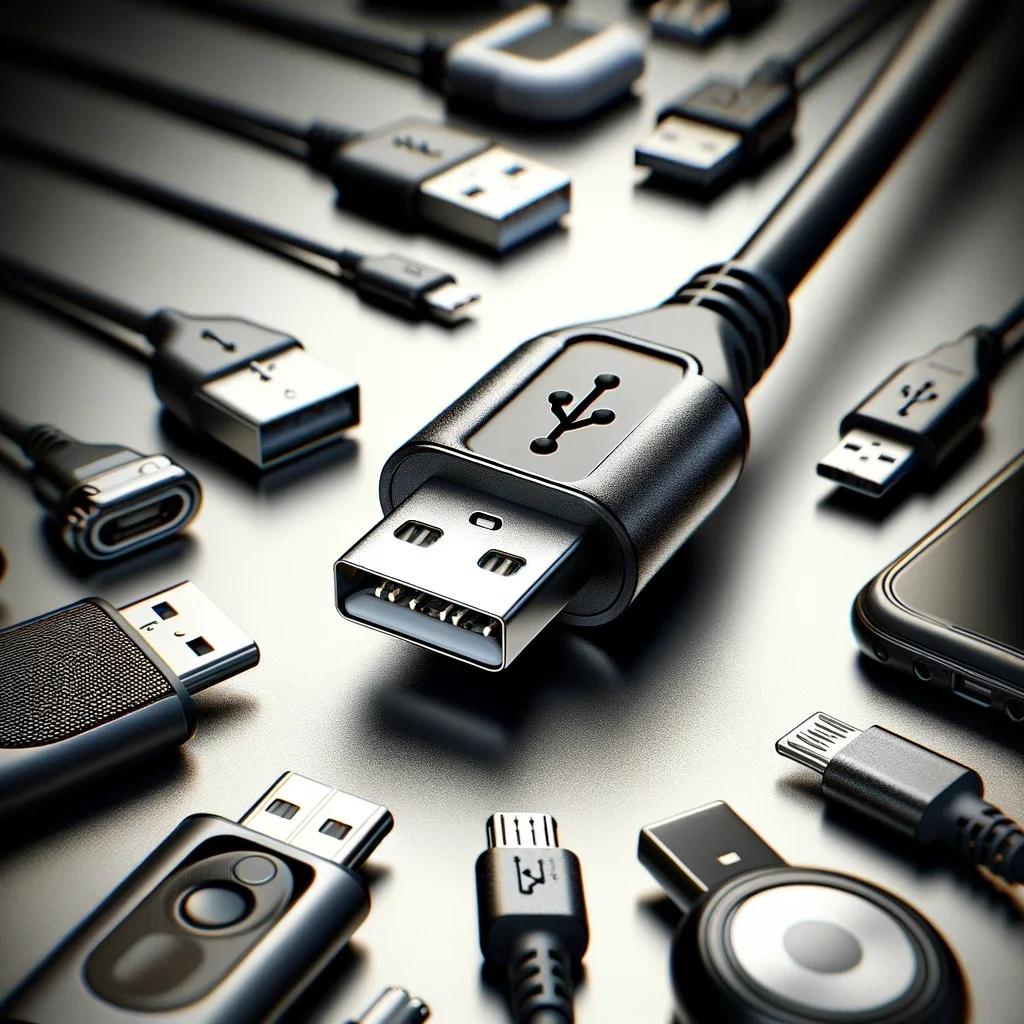Micro USB cables are ubiquitous in today’s tech-savvy world, quietly playing a crucial role in keeping our devices powered up and connected. In this article, we’ll explore the significance of micro USB cables, their characteristics, and their relevance in our daily lives.
Micro USB Cable Compact and Universal
Micro USB (Universal Serial Bus) cables are designed to be compact and versatile. They feature a small, rectangular connector with a flat bottom and rounded top, making them a standard choice for a wide range of devices, including smartphones, tablets, e-readers, digital cameras, and more. This universality has made micro USB one of the most prevalent cable types worldwide.
Powering Your Devices:
One of the primary functions of micro USB cables is to supply power to electronic devices. They serve as the lifeline between your device and a power source, such as a wall adapter, computer, or power bank. The standardization of micro USB connectors has simplified the process of charging multiple devices using a single cable.
Data Transfer Capabilities:
Micro USB cables are not limited to charging alone; they are also capable of data transfer. Users can connect their devices to a computer or another compatible device to transfer files, sync data, or perform software updates. This versatility makes micro USB cables invaluable for maintaining and managing our electronic gadgets.
Durability and Longevity:
Micro USB cables are known for their durability, thanks to their robust design. These cables are built to withstand daily wear and tear, making them reliable options for long-term use. Quality micro USB cables often feature reinforced connectors and braided cables to prevent fraying or breakage.
Compatibility with Older Devices:
While newer devices are transitioning to USB-C connectors, micro USB remains the go-to choice for many older gadgets. If you have older smartphones, e-readers, or accessories, chances are they use micro USB. This compatibility allows you to keep using your trusted devices without worrying about outdated charging and connectivity options.
Transition to USB-C:
It’s worth noting that, in recent years, USB-C connectors have been gaining popularity due to their reversible design and faster data transfer speeds. Many new smartphones, laptops, and other devices now come with USB-C ports. However, micro USB cables continue to have a place in our lives, especially as adapters and converters are readily available to bridge the gap between the old and new standards.
In, the unassuming micro USB cable plays a vital role in powering, connecting, and maintaining our electronic devices. Its compact design, versatility, durability, and compatibility with older gadgets make it a dependable choice for users worldwide. While USB-C is the new standard, micro USB cables will likely remain a fixture in our lives, ensuring our devices remain charged and connected for the foreseeable future.


